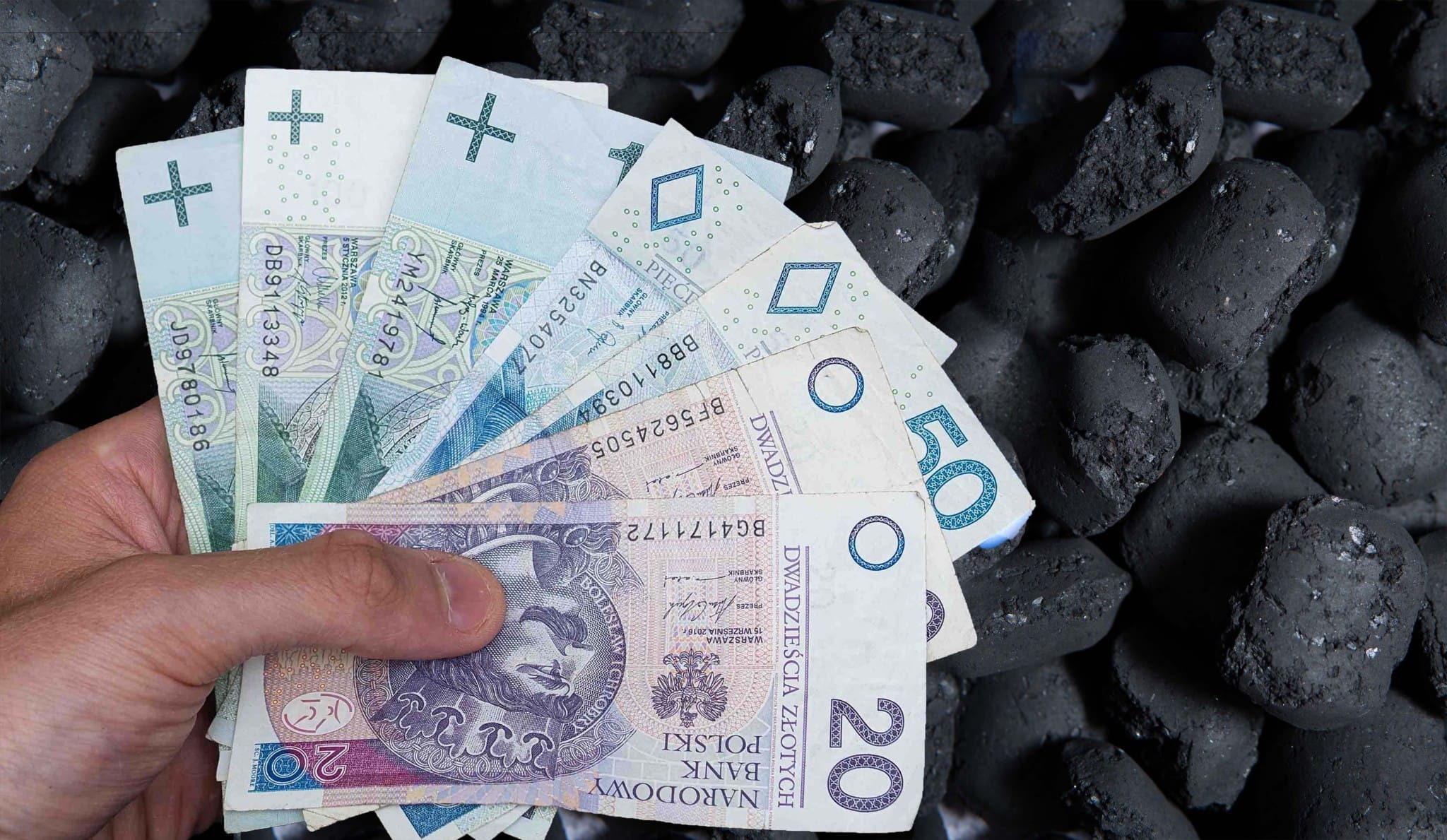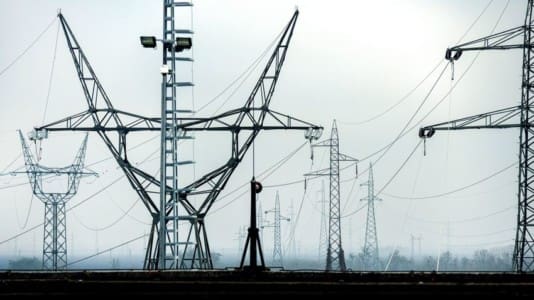Reuters and Voice of America journalists visited the Bogdanka mine in eastern Poland to witness the long lines for coal. Local media reported that lines stretched over a mile long, with people scrambling to buy coal at the mine since the price there was half the price of wholesalers.
The long lines reminded many of communist times. One of the people in line said that he had slept for three nights in his car to try and buy a few tons of coal for himself and his family. “It’s unimaginable, people are sleeping in their cars. I remember communist times and never thought I would see this again.”
Coal still plays an important role in Poland in terms of heating and energy generation, and there are 3.8 million households in Poland who use coal for heating.
The hot weather made the waiting by truck drivers and individual buyers all the more uncomfortable. Those in line said they feared there would be shortages of coal in winter.
The sale continued over the weekend to reduce waiting times. According to a spokesperson of the Bogdanka; the mine sold coal to 250 households on Friday. She said that the limits on purchases were aimed at stopping mass purchases and prevent speculation. Bogdanka has imposed a limit of 3 tons per household per annum. The same limit is being used by other mines.

Last week, the Polish Mining Group increased the price of a ton of coal by 20 percent. Since then, an additional 120,000 tons of coal were made available to households for purchase.
Although Poland is in a better position than most countries in Europe regarding gas, industries are already under severe pressure due to rising gas and energy prices. While Poland has reduced both coal mining and coal-fired power plants to comply with EU energy regulations, the country still produces 80 percent of its electricity from the energy source.
As a result, Poland had been arguably the most vocal critic of EU energy policy. The war in Ukraine has also left the country vulnerable, with Poland importing 12 million tons of coal from abroad before the war, with 8 million of that coming from Russian sources.






